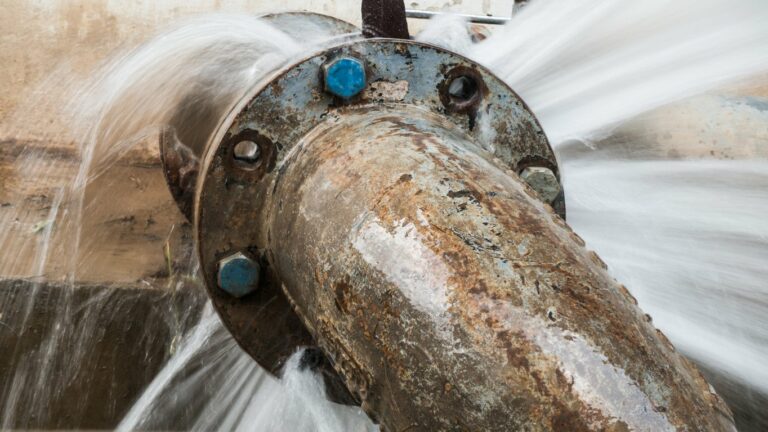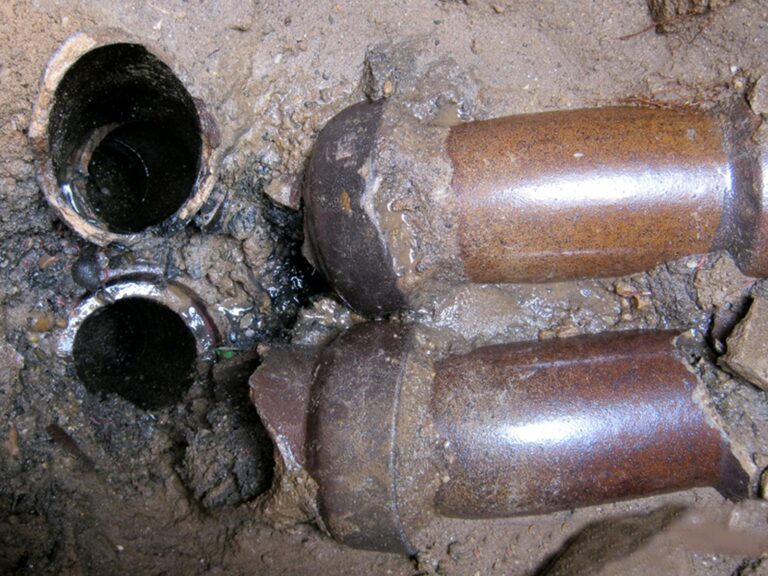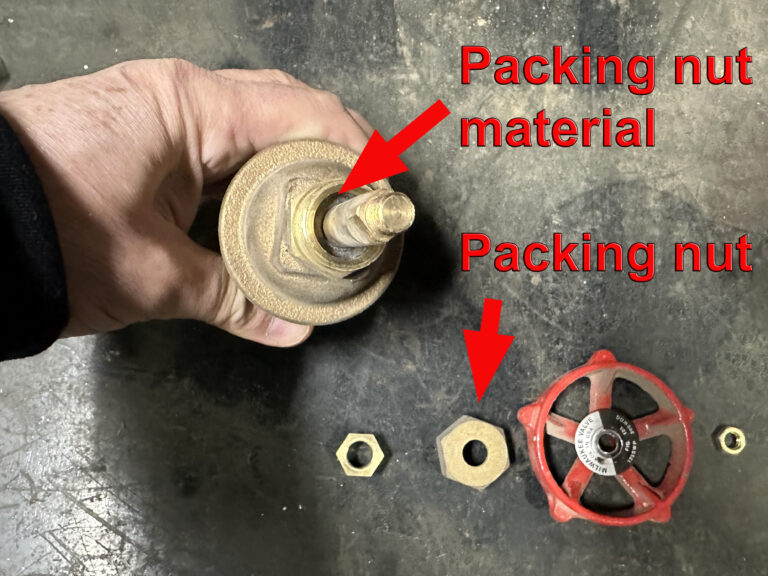While there are various steps you can take to prevent frozen pipes, unfortunately for many of us, frozen pipes still occur in the wintertime. Knowing how to thaw frozen pipes properly can prevent damage to your property, restore water service, and help prevent you from injuring yourself. What follows is a very useful and all-inclusive guide, which any property owner can easily make good use of.
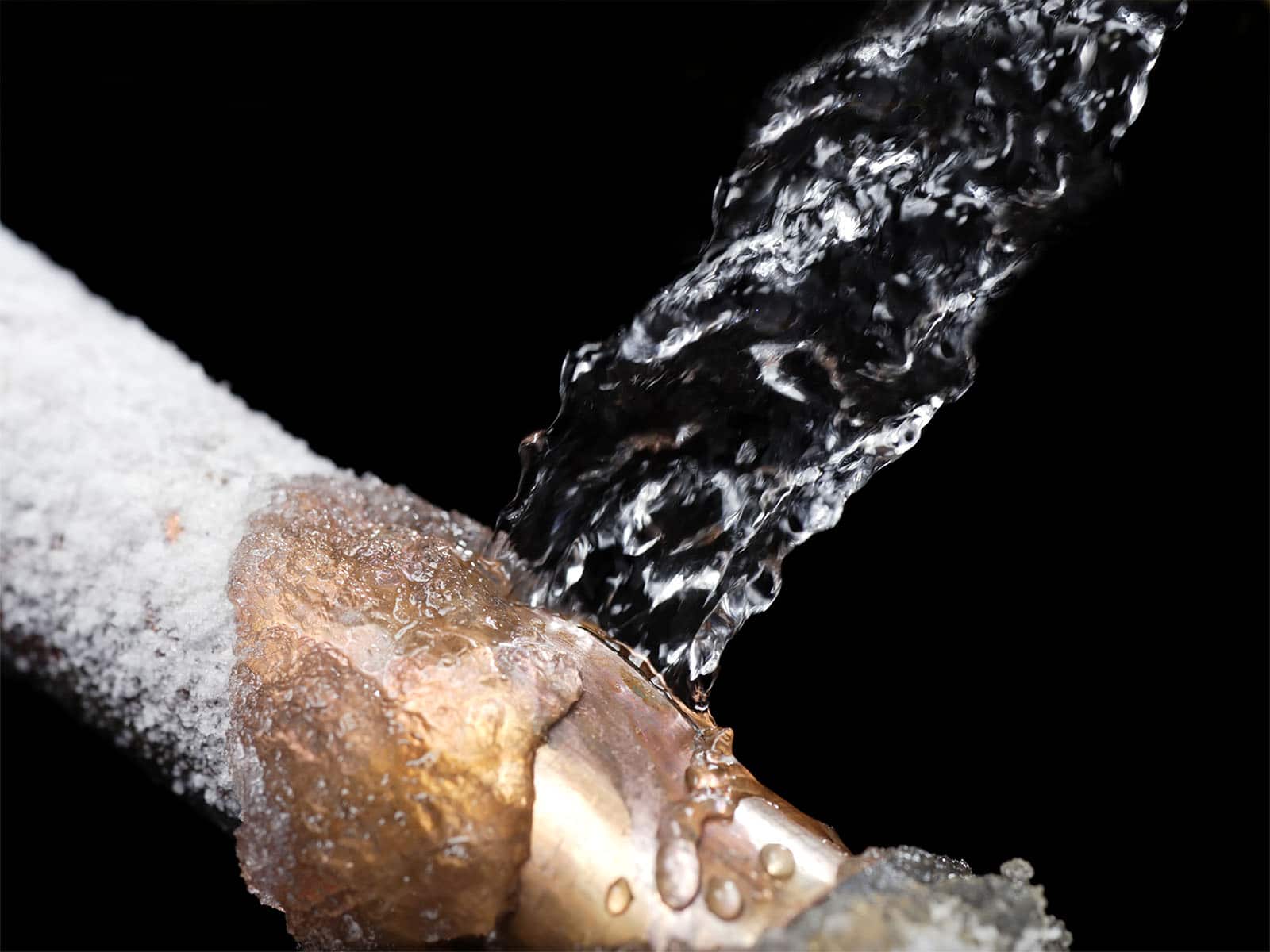
How to Thaw Frozen Pipes and Avoid Injury or Property Damage
There is one big key to both know how to avoid frozen pipes and to do so safely while avoiding property damage. In most cases when pipes freeze solid, the frozen water inside the pipes will expand to the point that it ruptures the wall of the pipe in at least one point.
You may not be cognizant of a broken or ruptured pipe when it is frozen. That is because there is no water running through it. Bearing that fact in mind, always shut the water supplying the section of your plumbing that is frozen solid before you thaw it out. Simply shutting the water will avoid a sudden rush of water, which can quickly flood you after the pipes are thawed out.
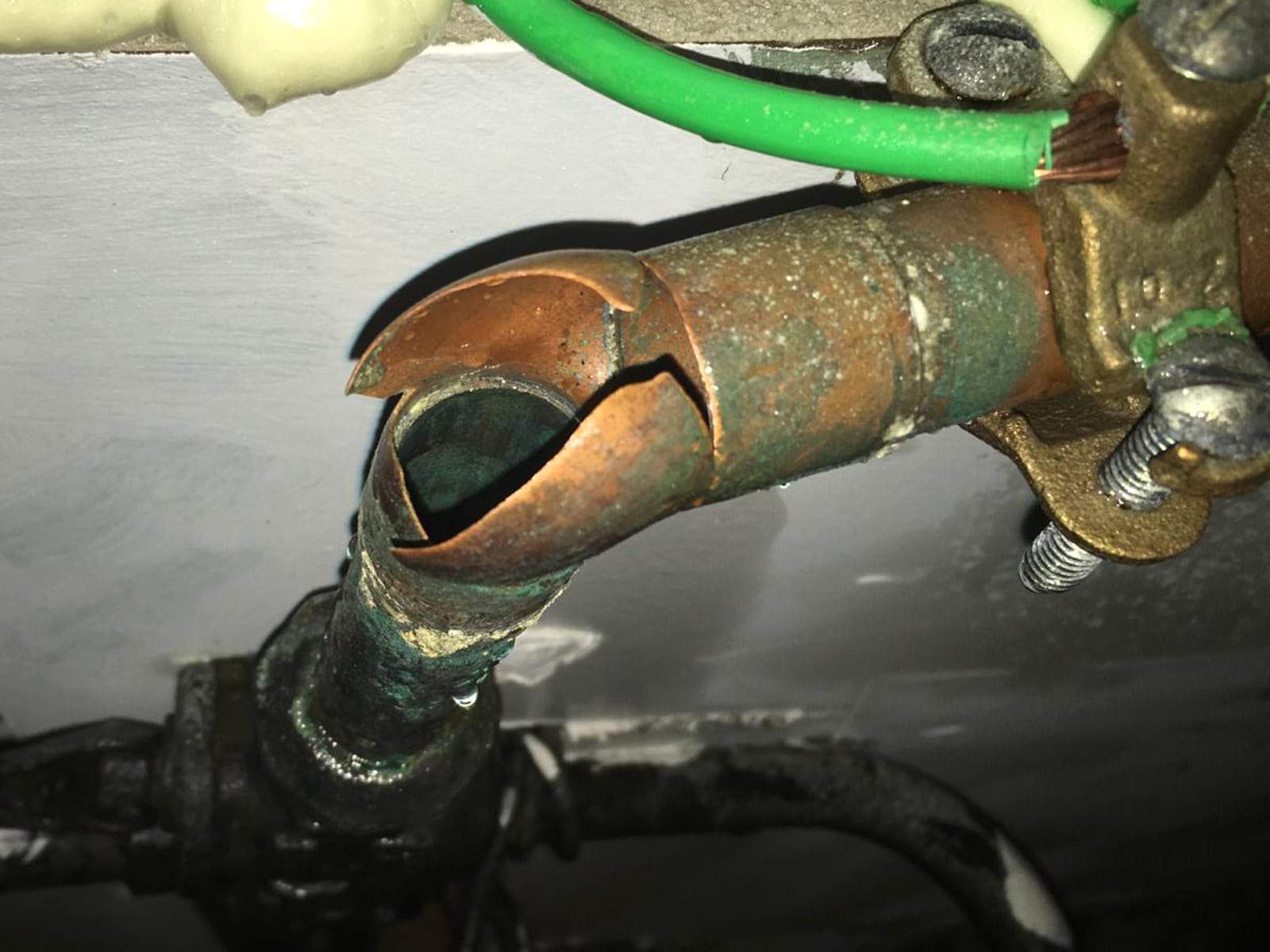
Safe Work Practices is Key to How To Thaw Frozen Pipes
Another key point to keep in mind in knowing how to thaw frozen pipes involves safety. If you use a torch or extreme heat to thaw out a section of your frozen pipes, it can become super-heated and create pressurized steam. If the super-heated steam ruptures the pipe where you are working, you can suffer a serious burn.
Therefore, a key to knowing how to thaw frozen pipes is to start using a torch near an outlet point in your piping system. That way once the water thaws, the thawed water will have a place to run and escape, without being under pressure, or becoming super-heated steam.
The 6 Tools and Items Required to Thaw Frozen Pipes
Taking into account safe work practices, what follows are 6 simple ways to defrost frozen pipes. Depending on your patience, the degree of emergency, and skill level, surely one of the 6 will serve your purpose.
- An Electrical Heat Source: Use a hair dryer, heat lamp, infrared lamp, electric heating pad, or a specialized heat gun to gently warm the frozen pipe. Start from the end closest to a faucet or other water outlet, moving towards the blockage. This is a sure way how to thaw frozen pipes, and quite safe as well.
- A Rotation of Hot Towels: Wrap hot towels around the frozen pipe. Replace them as they cool down. This gradual heating can help thaw the ice without causing sudden temperature changes. This process will require quite a bit of patience, but if you lack other means to thaw out frozen pipes, it is an option.
- Electrical (Not Gas) Space Heaters: First and foremost, never use a gas space heater indoors. With that having been said, place an electrical space heater in the room with the frozen pipe to raise the ambient temperature. As safe practice is always the first priority, be cautious with any space heater, and follow safety guidelines to prevent fires.
- Electrical Heat Tape / Heat Trace: Apply electrical heat tape, also known as trace heating, which is designed specifically for water pipes. Trace heating will slowly raise the temperature around the pipe, and penetrate inside the pipe as well. Electrical heat tape is not only a sure way to defrost frozen pipe, it is a great way to prevent pipe from freezing in the first place. As with any product that runs off of electricity, read an follow the manufacturer’s instructions very carefully.
- A Soaking Using How Water: If the frozen pipes are accessible, and it’s safe to do so, pour hot water over the affected area. Start near the faucet and work your way toward the frozen blockage. This can take some time, and create a mess under many circumstances. On the other hand, it requires no special skill, and poses no risk whatsoever.
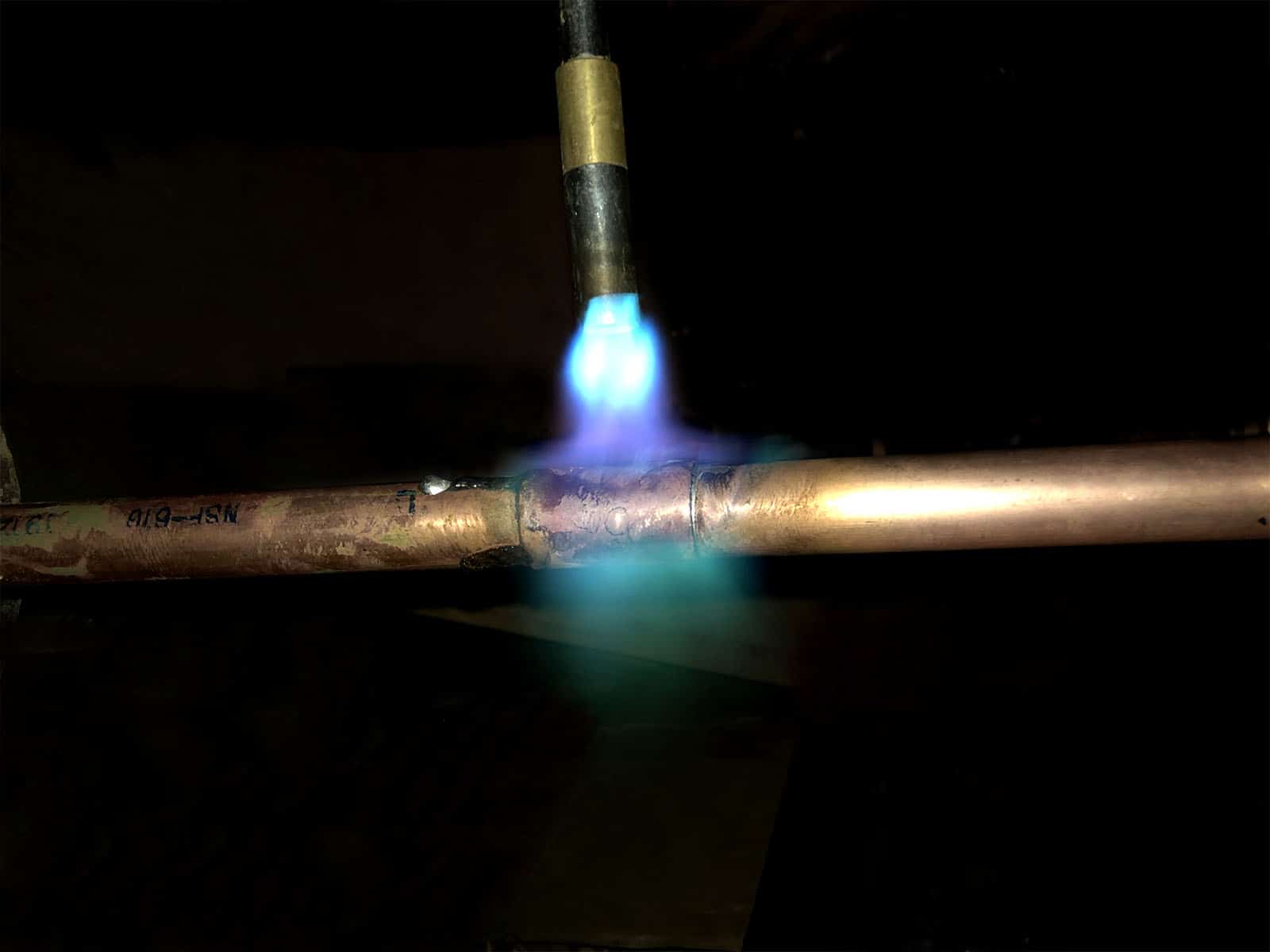
6. A Hand-Held Propane Gas Torch: A propane torch is both the quickest, but also the trickiest way how to thaw frozen pipes. As a side note, propane gas and a torch are also key tools that were used to solder copper water pipes when your plumbing system was originally installed. Therefore, if you purchase a torch and gas tank, besides being used to thaw a frozen pipe, they may also come in handy at a later date for plumbing work.
Know Safe Work Practices Before You Use A Torch
Before you get started you must light up the torch. If you’re not 100 percent certain how to do that, read about how to light a torch safely first. You must apply the flame on the pipe near an outlet for the water, such as a sink. Even if that particular section of the pipe does not appear to be frozen, start the pipe thawing process at that point. Then slowly work your way along the pipe, and towards the obviously frozen area. At some point, the thawed water inside the pipe will all run out of the outlet (probably a sink).
4 Key Points To Know About How To Thaw Frozen Pipes
There are 4 vital and key points to know before you attempt to thaw out frozen water pipes:
- First and foremost, and primarily due to health concerns, and many plumbing codes, never insert any object into the pipes that serve for your drinking water. Even though there are manufactured tools and devices made to be inserted inside frozen water lines to thaw them out, there are health concerns, and many areas (NYC included) expressly forbid their use.
- Once again, remember that a key to how to thaw frozen pipes is to carefully inspect your pipes for cracks or breaks first.
- Another key point is to isolate the frozen piping by turning off the water supplying that section of piping.
- Lastly, turn the water on slowly only after the pipes have been thawed and you are sure there are no breaks or cracks in the pipes that were frozen.
6 Steps of How to Avoid Water Pipes Freezing in the Winter
Following the 6 steps below can hopefully prevent you from ever having to know how to thaw frozen pipes. But if not, you now have a great guide, and some awesome tips about thawing frozen pipes!
There is a short list of tips on how to prevent frozen pipes during the winter months:
- In unoccupied rooms of a house or an unoccupied home, keep the thermostat set at 65 degrees. If this poses a cost concern, seek a better option below.
- Turn off the water supply, and drain the pipes, to areas where pipes will be exposed to sub-freezing temperatures.
- Use heat trace at a suitable setting for exposed pipes.
- Insulate and close off drafty areas where arctic air can blow directly on a water pipe.
- Close the cover on all plumbing access pits.
- Use approved pipe insulation to wrap pipes that have become frozen in the past.



